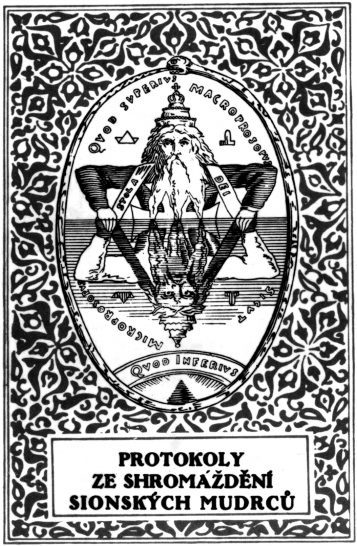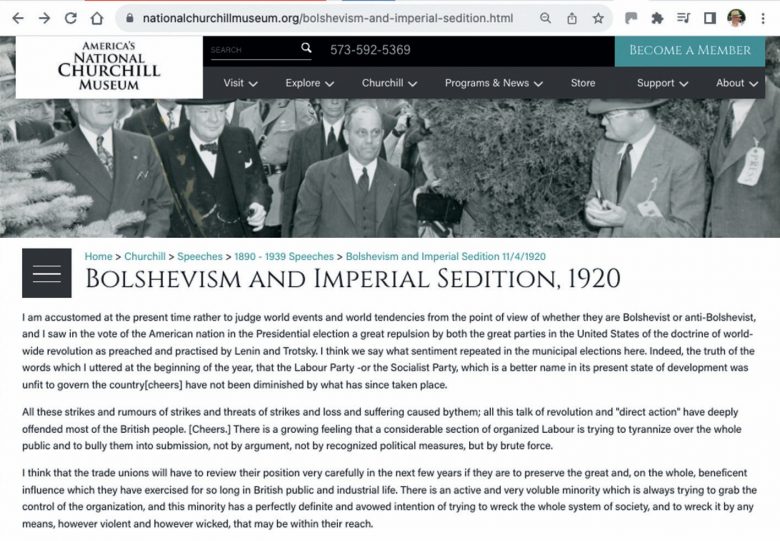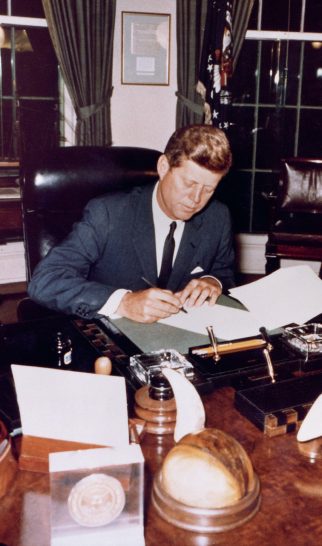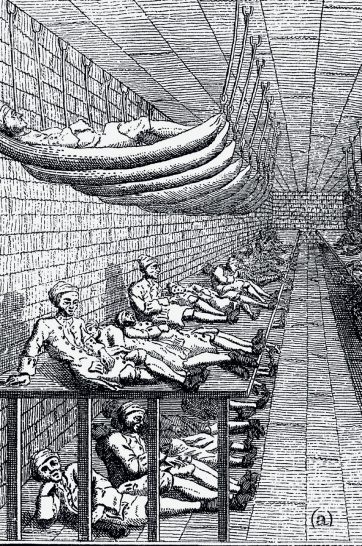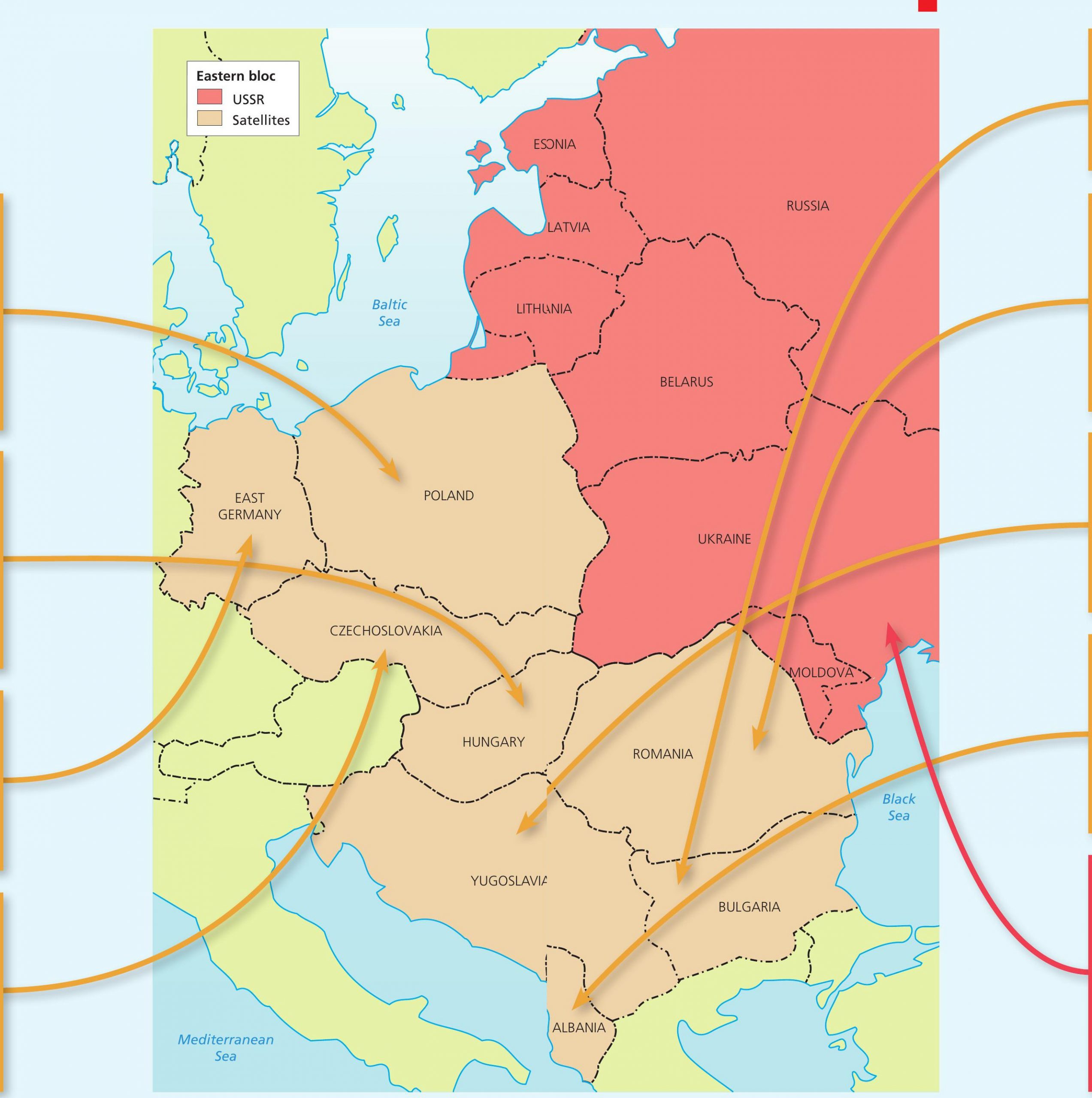
On 4 June 1989, the Solidarity trade union surpassed all expectations in semi-free elections to the Polish parliament, gaining 99 of 100 seats in the Senate. The Communist PZPR vote collapsed, but it still controlled the military and the government. Months of political negotiations followed in which the Communists gradually relinquished power. In December 1989, the Polish constitution was changed to make the country a true multi-party democracy. Solidarity leader Lech Walesa became the first non-Communist president in January 1990.
On 19 August 1989, the border between Hungary and Austria was opened for 3 hours as part of a pre-planned peace demonstration, the Pan-European Picnic. When the USSR did little in response, Hungary’s reform-minded Communist leaders renamed their party to the Hungarian Socialists to distance themselves from Moscow and they became the first leaders behind the Iron Curtain to promise multi-party, democratic elections. The first elections, in May 1990, saw the old Communist regime defeated.
Your organisation does not have access to this article.
Sign up today to give your students the edge they need to achieve their best grades with subject expertise
Subscribe

